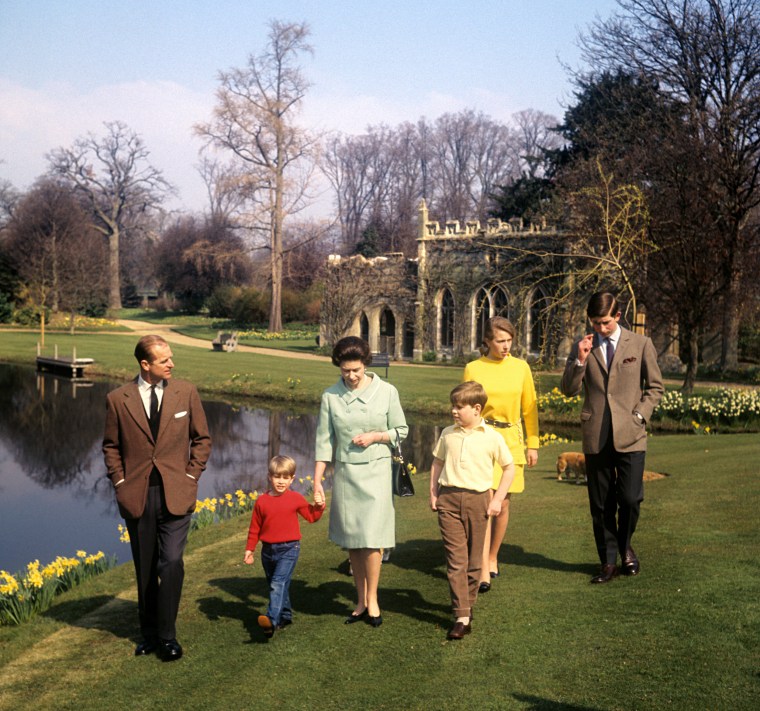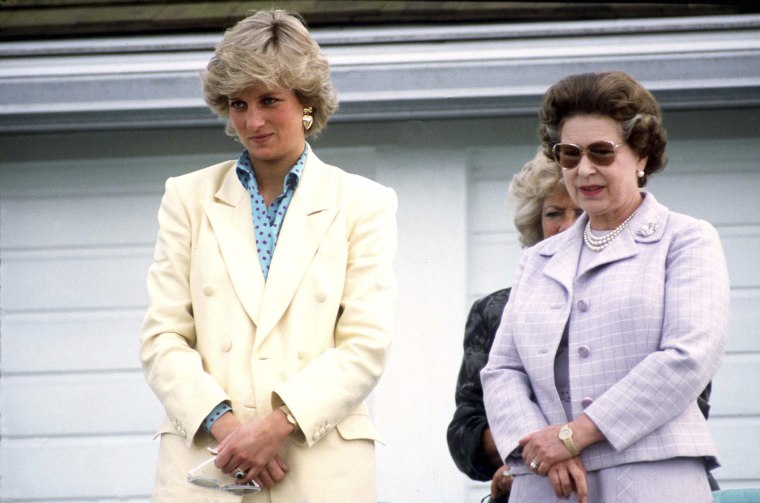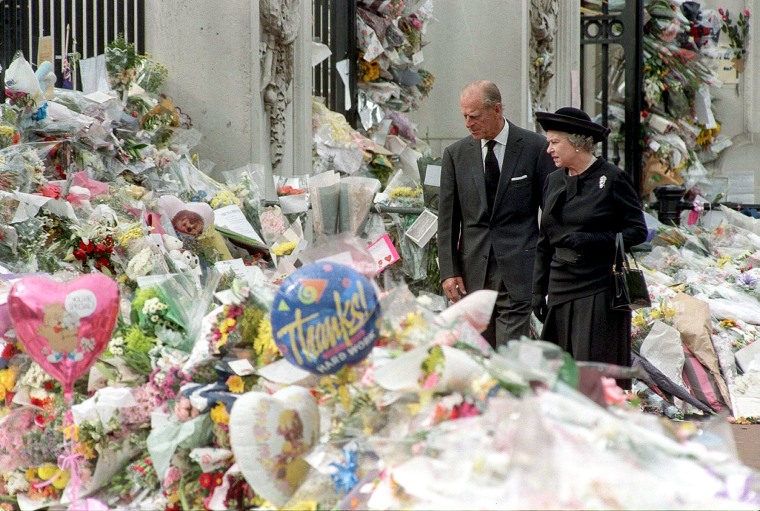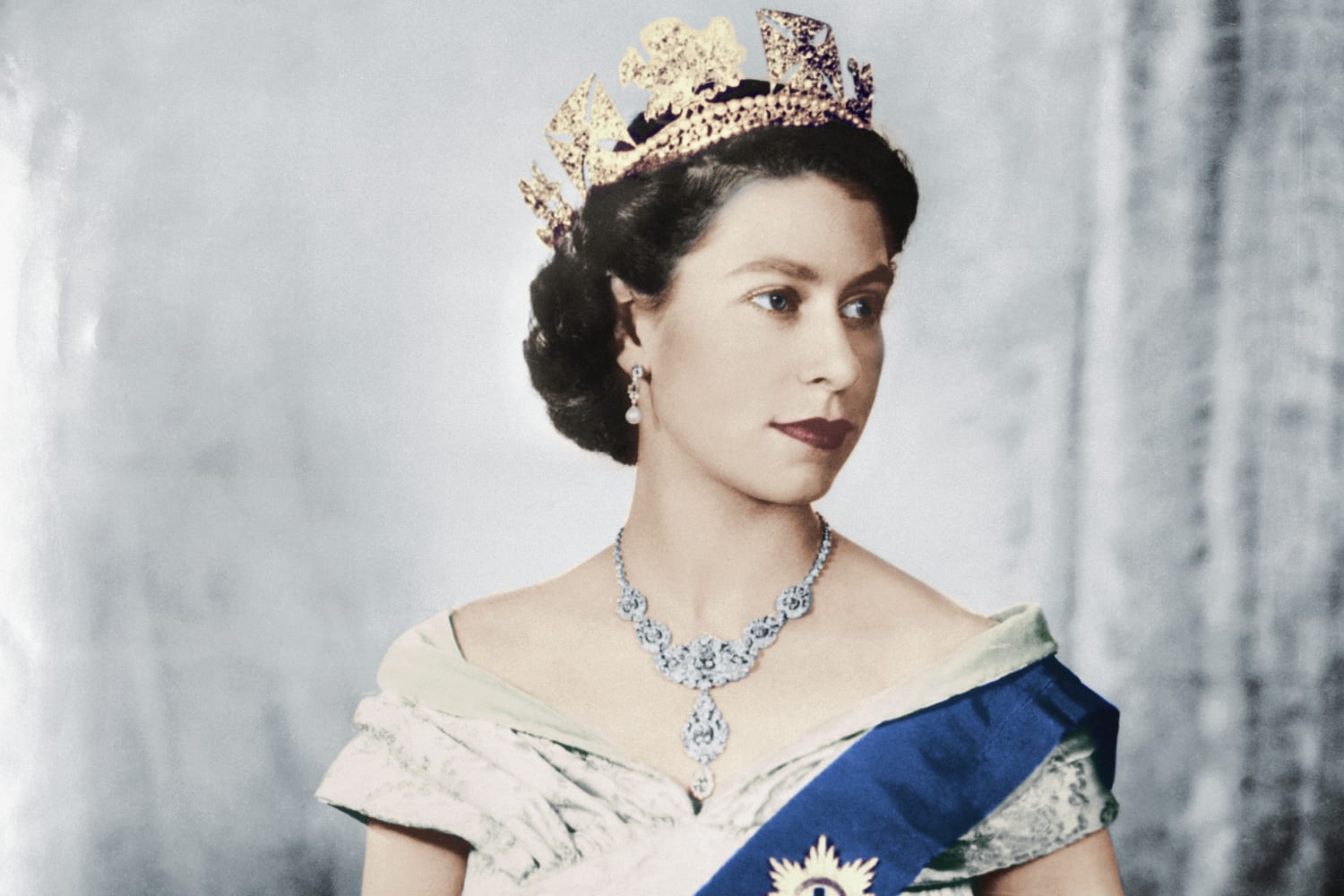Their relative freedom was cut short when King George, who’s health had long been precarious, suddenly deteriorated. At the time of death in February 1952, Elizabeth was in Kenya on a royal tour with Philip. After word reached an aide, Philip broke the news to Elizabeth during a walk.
Royal experts say it was Elizabeth’s husband, five years her senior, who helped guide the young queen in the early years.
“She was so young when she ascended the throne,” royal biographer Ingrid Seward said, adding that Elizabeth followed much of the tradition her father had established. “Everything was completely archaic. It was so old-fashioned. I think more than anyone, Prince Philip helped move the monarchy up.”
That was particularly evident in the way he helped revamp the royal estates — the land and holdings belonging to the crown — making their operations profitable, she said.
Philip’s influence on the monarchy as an institution was mirrored in their personal lives, as well.
In one of her more revealing speeches about her husband on the occasion of their 50th wedding anniversary in 1997, the queen referred to his “constant love and help” and said, “He has, quite simply, been my strength and stay all these years.”
Philip, who retired from his official royal duties in 2017, died in April at the age of 99. He and Elizabeth were married for 73 years.
In addition to Prince Charles, Elizabeth is survived by two sons, Princes Andrew and Edward; a daughter, Princess Anne; four grandsons; four granddaughters; and 12 great-grandchildren.
Over her 70-year reign, the queen eased the U.K. into its new post-World War II role, which had been diminished after the loss of its colonies around the world.
The queen placed a strong emphasis on her position as head of the Commonwealth, a loose alliance of more than 50 countries, many of which are former British colonies.
“The queen had to work out how to manage decline — the dissolution of the empire, coming to terms with diminished power — but she also understood that diminished power does not have to mean diminished quality,” Irving said.
Her extensive travels around the globe, many on her beloved royal yacht Britannia, helped raise the profile of the U.K. and brought a dose of glamor to the places she visited. In 1961, she visited the former British colony of Ghana, which had gained independence just a few years earlier in 1957. During that trip, a charm offensive in one of the first members of the Commonwealth, she was filmed dancing with the country’s leader, Kwame Nkrumah, at a time when segregation still existed in the U.S.
Like with so much else that the queen does, it was her actions and not her words that carried weight.
“A man could not have done it,” historian Nat Nunoo Amarteifio said in the BBC documentary “The Queen: Her Commonwealth Story.” “Here is our president, being respected enough by the queen of England for her to put her arms around him.”
While she was lauded for her work abroad, she was also praised for opening up the royal household and giving the public a glimpse of the family’s life at home.

A 1969 documentary, “Royal Family,” revealed the royal couple’s private life for the first time, showing Elizabeth and Philip having dinnertime conversations and engaging in other regular activities, including barbecuing.
“People realized they weren’t gods. They were real people,” Seward said. “A lot of people said this was a turning point.”
While the queen’s steady consistency was largely considered a boon for the monarchy, her children and grandchildren’s lives have occasionally been a thorn in the side of monarchists.
Most recently, her grandson Prince Harry and his wife, Meghan, accused an unnamed member of the royal family of asking how dark the skin of their children would be. The couple gave up their royal duties and left the U.K. in 2020.
Just before their departure, the queen was faced with a growing scandal around her son Prince Andrew’s friendship with the accused sex trafficker Jeffrey Epstein. Andrew stepped down from his public duties in support of the queen in November 2019, and she stayed largely silent on the topic.
Despite the recent challenges facing the monarchy, its popularity has remained high. That hasn’t always been the case.
In the early 1990s, Charles’ rocky marriage to Princess Diana was all over the news, eventually ending in divorce in 1992. In one of the queen’s most famous speeches marking the 40th anniversary of her ascension, she referred to 1992 as an “annus horribilis,” or disastrous year. Speaking just days after a blaze destroyed a large part of her Windsor Castle residence, the queen made a plea for understanding, saying that “most people try to do their jobs as best they can, even if the result is not always entirely successful.”


Five years later, when Diana was killed in a car crash in Paris and the world mourned, Elizabeth was criticized for staying silent for days and hunkering down at her home in Scotland with Charles and Diana’s sons, her grandsons Princes William and Harry. Satisfaction with the way she was doing her job dipped to 66 percent after that, according to the U.K. polling company Ipsos Mori. (At the time of her 60th anniversary on the throne in 2012, her popularity had risen to 90 percent.)
“I think that was an extremely challenging time for the monarchy, because people couldn’t understand why the royal family weren’t responding as they wanted to,” Seward said of Diana’s death. “In times of great tragedy, they just always lock down. … They don’t grieve in public. And people wanted more than that.”
When the queen finally returned to London nearly a week later, she paid tribute to Diana. “I for one believe there are lessons to be drawn from her life and from the extraordinary and moving reaction to her death,” Elizabeth said.
She acknowledged in a 1997 speech that the monarchy “exists only with the support and consent of the people.”
Source: | This article originally belongs to Nbcnews.com









